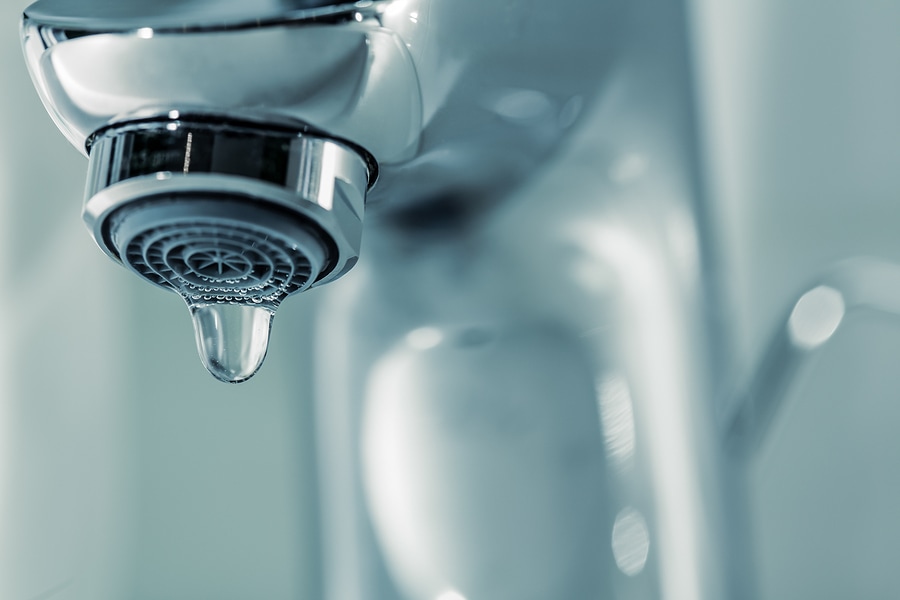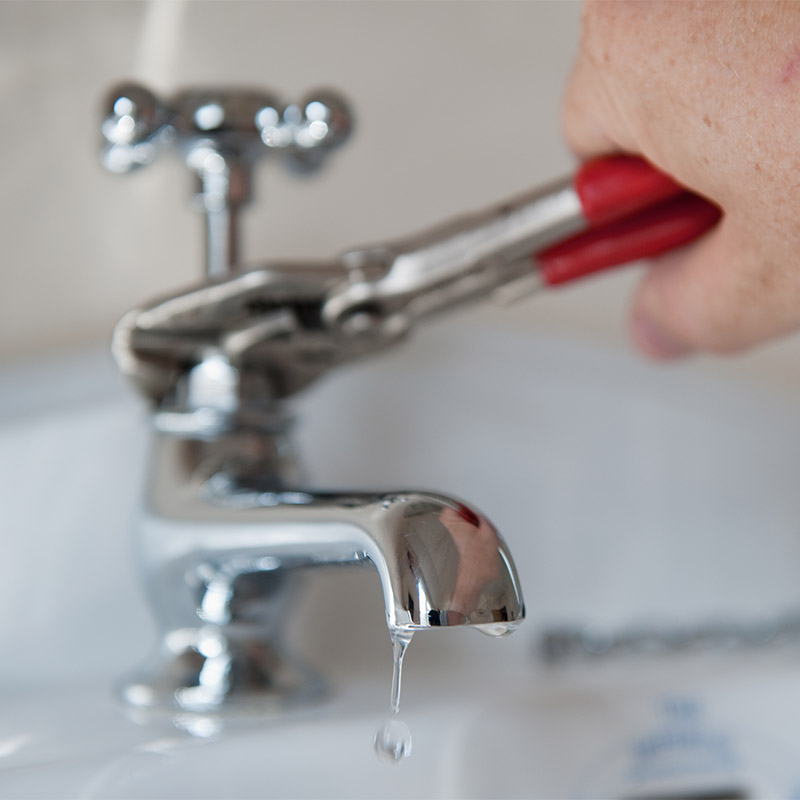Our Motives Behind Correcting a Dripping Faucet
Our Motives Behind Correcting a Dripping Faucet
Blog Article
Listed here underneath yow will discover a lot of brilliant tips in relation to Water Dripping from Faucet: Why and How to Fix.

Dripping faucets might appear like a small hassle, yet their impact exceeds just the annoyance of the noise. From drainage to incurring unnecessary economic costs and health and wellness dangers, overlooking a trickling faucet can lead to various repercussions. In this post, we'll look into why it's critical to resolve this usual house problem quickly and efficiently.
Waste of Water
Environmental Impact
Dripping taps add dramatically to water wastefulness. According to the Environmental Protection Agency (EPA), a single faucet trickling at one drip per secondly can throw away greater than 3,000 gallons of water per year. This not just stress water resources but additionally impacts communities and wild animals based on them.
Financial Costs
Raised Water Expenses
Beyond the ecological effect, trickling faucets can blow up water expenses substantially. The collected wastage gradually translates into greater utility costs, which can have been stayed clear of with timely repair services.
Possible Residential Property Damage
Furthermore, long term trickling can result in damage to components and surface areas bordering the faucet. Water accumulation can cause staining, rust, and also architectural concerns if left unattended, leading to extra fixing prices.
Wellness Concerns
Mold and Mildew Development
The continuous existence of wetness from a leaking faucet creates a perfect environment for mold and mildew and mold development. These fungi not only compromise interior air top quality however additionally present health and wellness risks, specifically for people with breathing conditions or allergic reactions.
Waterborne Illness
Stagnant water in leaking faucets can end up being a breeding place for bacteria and other microorganisms, raising the risk of waterborne illness. Contaminants such as Legionella microorganisms flourish in stationary water, potentially leading to severe illnesses when consumed or breathed in.
DIY vs. Specialist Repair work
Benefits and drawbacks of DIY Repair Service
While some might attempt to take care of a trickling faucet themselves, DIY fixings come with their own set of obstacles. Without correct knowledge and tools, DIY attempts can intensify the problem or bring about insufficient fixings, prolonging the problem.
Benefits of Employing an Expert Plumber
Employing an expert plumber makes sure that the underlying root cause of the leaking faucet is addressed effectively. Plumbings possess the expertise and tools to detect and repair faucet concerns successfully, conserving time and reducing the risk of more damage.
Step-by-Step Overview to Taking Care Of a Dripping Faucet
Devices Needed
Before trying to fix a trickling faucet, gather the essential tools, consisting of an adjustable wrench, screwdrivers, substitute parts (such as washing machines or cartridges), and plumber's tape.
Common Faucet Issues and Their Solutions
Recognize the kind of tap and the specific problem creating the drip. Common issues consist of worn-out washing machines, rusty valve seats, or defective O-rings. Describe supplier instructions or on the internet tutorials for detailed advice on repairs.
Preventive Measures
Routine Upkeep Tips
To stop trickling faucets, do regular upkeep such as cleansing aerators, evaluating for leakages, and changing damaged components without delay. In addition, take into consideration mounting water-saving tools or upgrading to more effective fixtures.
Importance of Prompt Repairs
Dealing with dripping taps as quickly as they're observed avoids further water wastage and possible damage, ultimately conserving both water and cash in the long run.
Impact on Building Value
Perception of Well-Maintained Building
Preserving a residential property in good condition, including resolving maintenance problems like dripping taps, boosts its viewed worth and desirability amongst potential customers or tenants.
Influence on Resale Worth
Characteristics with properly maintained plumbing components, including faucets, command greater resale worths in the real estate market. Dealing with leaking taps can add to a positive perception throughout building inspections and negotiations.
Environmental Responsibility
Private Contribution to Conservation
Taking responsibility for repairing leaking faucets aligns with broader efforts toward water conservation and environmental sustainability. Every person's actions jointly make a significant influence on preserving precious resources.
Lasting Living Practices
By prioritizing prompt repairs and taking on water-saving routines, individuals add to sustainable living techniques that benefit both present and future generations.
Verdict
Dealing with a trickling faucet goes beyond simple convenience; it's a crucial step towards conserving water, lowering financial prices, and protecting wellness and residential property. Whether through DIY fixings or professional help, taking action to repair trickling taps is a small yet impactful method to advertise liable stewardship of sources and contribute to a healthier, extra sustainable future.
How to Fix a Leaky Faucet: Step-by-Step Repair Guide
A leaky faucet may seem like a simple annoyance, but if it's not fixed promptly, that leak could cost hundreds to potentially thousands. From water damage to mold, mildew, and high water bills, even a tiny leak can be catastrophic if left unattended. Damage like this can even affect the overall value of your home, so it's important to take the right approach for leaky faucet repair. You may need the help of a plumber in some cases, but we've got a few tips you can try on how to fix a leaky faucet before calling the pros.
Four Faucet Types
When you're learning how to fix a leaky faucet, the first step is knowing what kind of faucet you're working with! There are four common types.
Cartridge Faucets
Cartridge faucets come in one- or two-handled varieties. In one-handled cartridge faucets, hot and cold water combines in a single cartridge. In the two-handled versions, hot and cold water are controlled separately and mixed in the faucet.
Ball Faucets
Ball faucets have a single lever you push up and down to adjust the pressure and rotate to change the temperature. A slotted metal ball controls the amount of water allowed into the spout.
Compression Washer Faucets
They're the oldest type of faucet, but they're still used in many homes — especially older ones. Compression faucets have two separate handles that, when turned, raise or lower the washer that seals a water valve. This valve stops water from flowing through the faucet when it is turned off.
Disc Faucets
Disc faucets rarely need to be repaired due to their maintenance-free design. The water flow is controlled by two discs — the upper one raises and lowers against a fixed lower disc, creating a watertight seal. If your disc faucet starts leaking, you may need to replace the seals or clean residue buildup from the inlets.
Fixing a Leaky Faucet
Step 1: Turn Off the Water
Whether you're learning how to fix a leaky bathtub faucet or how to fix a leaky kitchen faucet, always turn off the water supply to your working area when you're fixing a leak. The last thing you want is a flood added to your list of things to fix.
Look for the shutoff valves below your sink or around the tub and turn them clockwise to stop the water flow. If your faucet doesn't have shutoff valves, you may need to turn off the water for the whole house. Check to make sure it's off by turning the faucet on. If nothing comes out, you're ready to start the repair.
Step 2: Take Apart the Faucet
How you disassemble your faucet depends on the type of fixture you have. You can use a flathead screwdriver to remove the caps on top of the handle or handles for cartridge and compression faucets. Inside, you should see handle screws. Unscrew these with a screwdriver to remove the handle.
Disc- and ball-style faucets will typically have an inlet screw near the handle, and removing that will reveal the interior of the faucet.
Detach the Valve Stem
For cartridge- and compression-style faucets, you'll see the inner valve stem or cartridge once you remove the faucet handles. If you have a compression faucet, unscrew the brass valve stem. If you have a cartridge faucet, pull out the cartridge. If your cartridge has been in place for a while, it may require some tools or extra force to remove it due to mineral deposits.
Examine and Replace Parts
Once you've removed the parts, check them out to confirm what needs to be replaced. You may see corroded rubber washers, O-rings, stems, or cartridges. On a ball-style faucet, check the seats and springs for damage.
If you need to repair a leaky disc faucet, check the inlet and seals on the lower disc.
Once you determine what parts must be replaced, visit your local hardware store. Bring the damaged parts with you to ensure you can purchase the correct components to replace them.
Clean Valves and Faucet Cavity
If you've removed a stem or cartridge, you may notice mineral buildup in the faucet's threads. Use white vinegar to clean the valve seat by soaking it for a few minutes, then scrub it away with a soft toothbrush and rinse with warm water. You can also clean the interior of the faucet in the same way.
Reassemble the Faucet
Once your faucet is cleaned and the required parts have been replaced, it's time to reassemble it. Put the pieces back together and slowly turn the water supply back on. Doing this slowly is crucial because too much initial water pressure can damage the new hardware you've just installed.
https://homewarranty.firstam.com/blog/how-to-fix-leaky-faucet

I discovered that write up on while doing a search on the web. Sharing is nice. Helping others is fun. Thank you so much for taking the time to read it.
Report this page